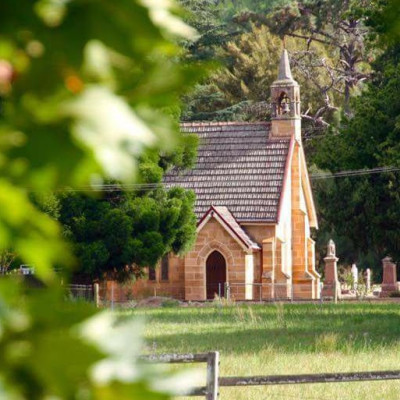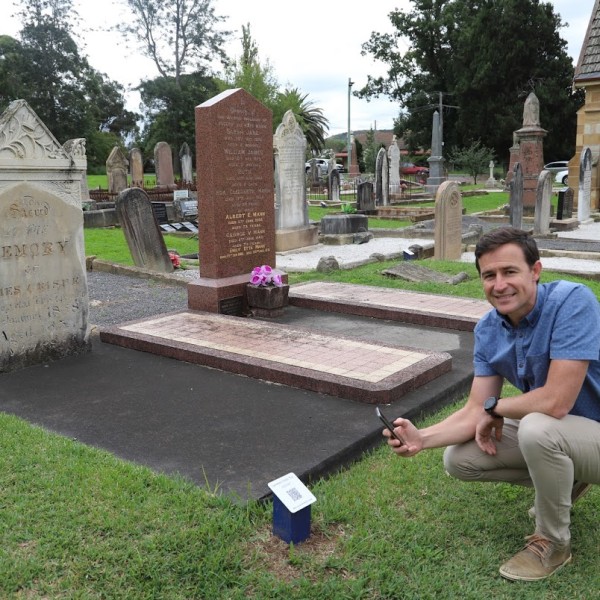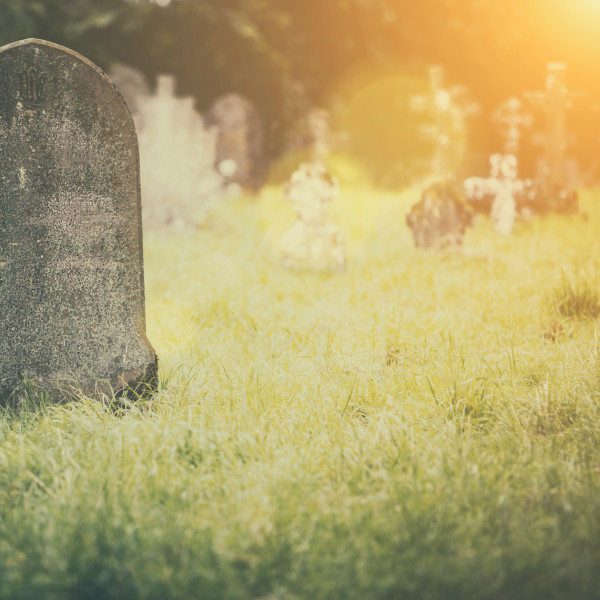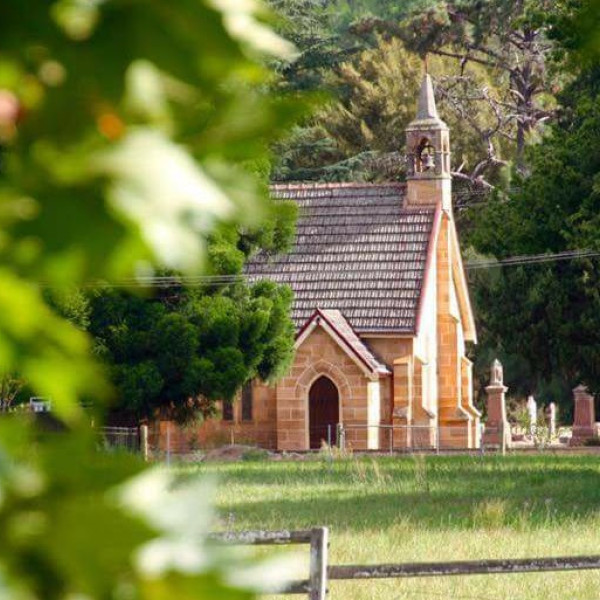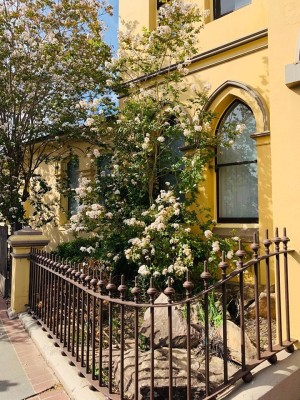The first Anglican services were held in 1825 at the home of Major Henry Antill, one of the first European settlers in the Picton area – at this time known as Stonequarry. When a small court house was built on the Major’s property (he was the Police Magistrate and the family served the local court for three generations), services were held there.
The early ministers visited the area once or twice a month as they had a huge parish to service. The first was Rev. Thomas Hassall (1826-1839), from Cobbitty, followed by the Rev. Frederick Wilkinson (1839-1848) from The Oaks. It was during Rev. Wilkinson’s time that the Private Town of Picton was created on Major Antill’s Jarvisfield property, in 1841. By 1847 the local congregation started to think about building their own church – the first Catholic Church was built in this year. Some £100 was promised, but £800 was needed, and it took some time to achieve this goal. Also there was some disagreement about the site for the church, the congregation suggesting Daisy Hill, near the present day Baptist Church, but Major Antill, who was donating the land, preferred the present site. Rev. Edward Rogers (1848-1858) visited from Camden, and laid the foundation stone on 16 July, 1850.
The small church was designed by the well known Sydney architect Edmund Blacket, and the foundations and lower part of the walls were built by Thomas Smith, but work stopped quite soon as the discoveries of gold in Victoria attracted many tradesmen away from their regular work. It was not until about 1855 that work resumed, and it seems there were new people to do the work – probably returning from the goldfields and happy to stay on the promise of work. Two stonemasons Charles Ramsdale and George Wandless continued building the church, and Ramsdale also made the stone font. The interior carpentry was done by Thomas Cashman and John Iceton, with ironwork by William Joseph John Whitfield (who married in the church in 1860). Fencing was done by Abel Sant, a long-time resident of the Wilton then Picton districts.
After the arrival of the railway to Picton in 1863, and continuing to Mittagong by 1867, the town was growing, and by 1872 the church was extended by 12 feet and a vestry was added. The transepts were the final addition in 1886 – designed by Cyril and Arthur Blacket, sons of Edmund. The south-east view of the church shows interesting angles and shadows. The original wooden shingles were replaced with slate in 1904, and then by tiles in 1930. Oil lamps were used for lighting until 1922, when electricity was connected.
The first minister to live in Picton was Rev. James Carter (1858-1870) who built his own home, and it was only in 1878 that a rectory was built, on higher ground south of Stonequarry Creek. It was two storeys, and commanded a great view across the town. Sadly this was demolished in 1915 to make way for the new railway deviation, and the Church bought the old hotel building just across the road. Several more ministers served the town, with the longest being Rev. Barry Schofield, here from 1956 for over forty years. The present rectory is in Wilton.
Floods have long been a problem for the church and its graveyard, and the 2016 flood caused an enormous amount of damage. Many headstones were broken, and the Church raised money for their careful repair and conservation.
Information from the Picton & District Historical & Family History Society, Inc. 2024
Early ministers were:
| Rev. T. Hassall | 1826 – 1839 |
| Rev. F. Wilkinson | 1839 – 1848 |
| Rev. E. Rogers | 1848 – 1858 |
| Rev. J. Carter | 1858 – 1870 |
| Rev. S. Fox | 1870 – 1882 |
| Rev. F. Elder | 1882 – 1887 |
| Rev. R. Noake | 1887 – 1894 |
| Rev. D. Dillon | 1894 – 1902 |
| Rev. H. Begbie | 1902 – 1905 |
| Rev. W. Roberts | 1905 – 1910 |

St Mark’s Pioneer Cemetery – Self-guided Audio Tour
St Mark's Pioneer Cemetery of Picton is the resting place of many early pioneers of the Wollondilly Shire. The Anglican Church and Pioneer Cemetery isn’t just a sight to see, but a concrete story book unfolding colourful tales of the past.
Visitors are invited to take a free self-guided audio tour through the cemetery, using QR codes located at the foot of select gravesites to uncover the lives and legacies of those buried there. Simply scan the codes with your phone to listen to historic stories of those buried. From James Crispe and his encounter with bushrangers, to Stanley Skellet’s tragic drowning and the original Post Office Master of Picton. Twelve sites within the cemetery will uncover a moment in time worth remembering.
Click here to listen to the stories of people buried in this cemetery.
Gallery + Map
St Mark's Anglican Church and Pioneer Cemetery
7 Menangle St
Picton
NSW 2571

